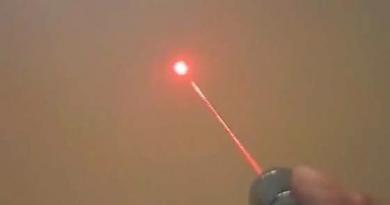The road infrastructure of Russia, the "high" responsibility of many drivers and the quality of the road surface itself - these are the three main factors that lead to accidents on our highways. And a car accident is the main point in the implementation of the OSAGO insurance policy. It is in connection with these circumstances that insurers have to pay compensation most often. OSAGO in case of an accident can be a serious help in the matter of restoring the lost. But how to get insurance after an accident?
There are two main ways to receive insurance compensation:
- damage to the life and health of the insured (it means, of course, the owner of the car who had an accident). It must be emphasized that the CMTPL policy does not take into account moral damage, partially compensating only for material and bodily damage;
- total material damage caused by the accident.
Limits and gradation of payments under the OSAGO policy
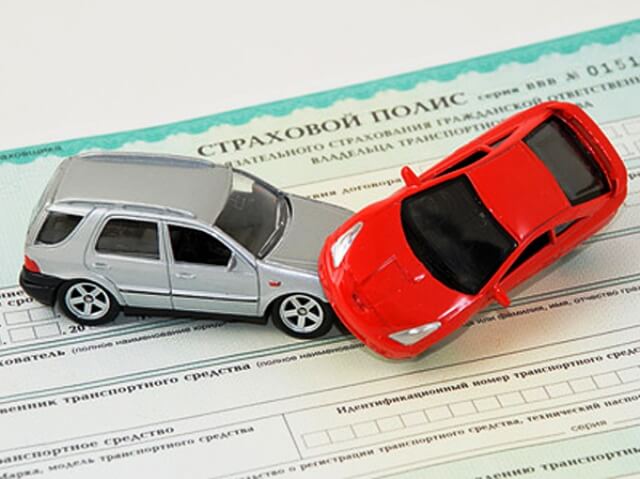
At the same time, it is possible to receive compensation for OSAGO in case of an accident not completely, but only up to a certain bar. Receiving payments under OSAGO has the following restrictions:
- if the policyholder was injured as a result of a car accident (or even died), then here the insurance payment can be provided in the amount of up to 160 thousand rubles;
- if, as a result of a road incident, the property of several insurers was damaged or destroyed, then the upper threshold for a possible payment is the same - 160 thousand rubles (the amount is evenly divided by the number of insurers participating in the accident);
- if only one car owner suffered material damage, then the insurance company is legally able to pay him up to 120 thousand rubles.
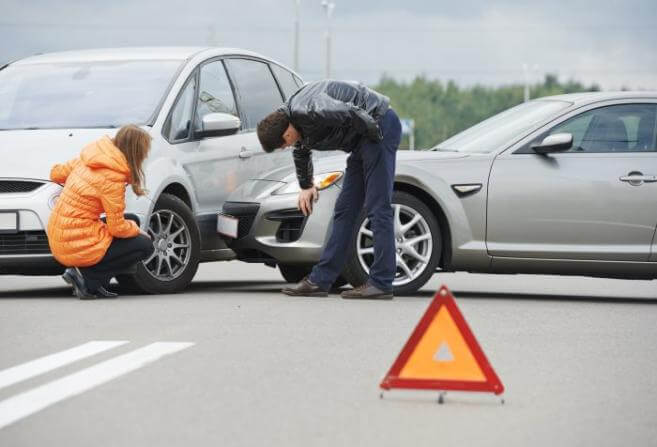
Payment for the services of a tow truck is also included in the cost of the OSAGO policy. But practice shows that obtaining insurance after an accident very rarely goes to the maximum. Insurance companies do not have the right to detain payment for an OSAGO accident, but there are many ways to underestimate it. But more on that below. The answer to the question "How to get OSAGO insurance after an accident?" begins with how to behave in the first minutes after an unpleasant force majeure on the road. The procedure for an accident is of paramount importance in order to receive compensation from your insurer as quickly and as much as possible. Actions after an accident can be approximately described as follows (of course, if there are no seriously injured people in the accident and there is no threat of an explosion of a car):
- Turn on the emergency lights of the cars involved in the accident (if possible).
- Place emergency signs on the road 15 meters from the affected cars (for the city) or 30 meters (for country roads).
- If possible, immediately make two calls - one to the traffic police, the other - to your insurance company. It is important that the insurer learns about the occurrence of an insured event as early as possible. Then the paperwork regarding the payment of insurance in case of an accident will begin earlier.
- Under no circumstances should the location of vehicles and/or their parts be changed. The only exception is when it is necessary to provide assistance to victims of a car accident. Otherwise, everything should remain as it was at the time of the accident. This is important, firstly, to determine the perpetrators of the accident (or lack thereof), and secondly, the payment for OSAGO insurance after an accident also depends on the opinion of the traffic police experts, who will need an untouched scene of the accident.
- To successfully receive an insurance payment under OSAGO, it is important to take the initiative to collect the maximum amount of evidence and evidence. The most important is the car recorder. If the device was not damaged in the accident, it should be picked up immediately. If the registrar is not available, you can ask other drivers about this, who will inevitably slow down at the scene. If necessary, it is desirable to agree on the removal of video information from another car registrar. Also, it will not be superfluous to independently film the scene of the incident. Now almost everyone has a digital camera (separately or in an iPhone / tablet), and the shots taken can help in possible litigation with the insurance company / other participants in the accident.
- It is recommended to take contact details from the maximum possible number of witnesses, and even from drivers - “comrades in misfortune”. Witnesses can come in handy in potential litigation. All parties involved in an accident must fill out the accident notices that are attached to each OSAGO policy as soon as possible. Drivers must learn from each other the numbers and series of insurance, numbers of special signs, as well as passport data.
- Upon arrival of the traffic police, all parties must be interviewed in detail. Law enforcement officers prepare an initial incident report. However, on the spot, the participants in the accident still cannot receive any documents from the traffic police. To do this, you will need to visit the nearest branch in person. It is important to note that during the waiting period, when the traffic police draw up the main documentation, the car should not be subjected to any impact.
How do insurance companies underestimate the amount of due payments?
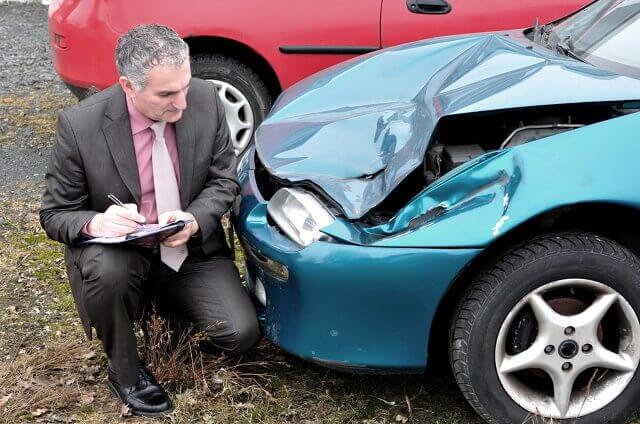
After the participants of the automobile force majeure have filled out all the necessary papers in the traffic police department, each affected party proceeds to the issue of appraisal expertise, whose conclusion is most important for the insurer. How to get good insurance in case of an accident? It's simple - we must take into account the obvious fact that the payment of insurance in case of an accident will be deliberately minimized by the insurance agent. The occurrence of insured events for each insurer is a cost. Obtaining insurance compensation is associated with an adequate examination of material damage. The following points work for the insurer in terms of reducing insurance payments:
- the market value of the car is estimated taking into account wear and tear. That is, each part that has served for some time falls in price, and the damaged car will be valued at as much as it would have cost on the market immediately before the accident. And if the car is already well maintained, then its market price will be noticeably lower compared to the same new car, which means that the amount of insurance will be lower. That is, the owner will be able to buy only supported spare parts for insurance, since insurance will be calculated taking into account wear and tear. If the "iron horse" is old enough, then the use of OSAGO insurance in case of an accident is generally "with a gulkin's nose";
- often minor flaws in a car (scratches, for example) are not taken into account in the appraisal examination, since it is a priori assumed that they arose as a result of wear and tear on the car. Rust is also ignored. Finally, an accident can aggravate minor flaws, but this aggravation is not taken into account.
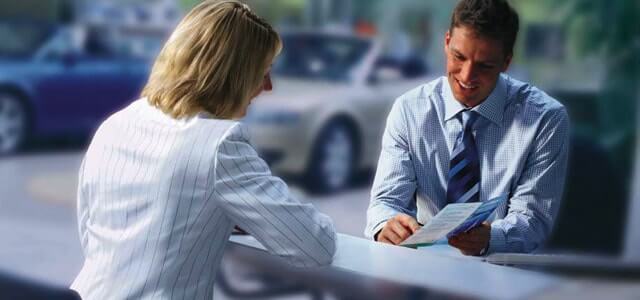
To avoid such unpleasant moments, the insurer-car owner is recommended to contact independent appraisal firms. Since the insurance company will seek to impose the services of those appraisers with whom it has a business partnership. And such specialists will, of course, work somewhat biased and not in favor of the client. The client's costs for independent third-party appraisers can also be included in the amount of the insurance return. The main thing is to keep all payment receipts. It should be remembered that it is possible to agree somewhere with an independent appraisal firm. For example, for a specialist to take photographs of a damaged car from a favorable angle for the insured. Since insurance implies limited payments, and vehicle repairs will easily turn out to be more expensive, the injured party has the right to demand the missing part of the money from the culprit of the accident.
For this, the culprit will need to be notified, and at the official level this is done in writing. If the culprit of force majeure flatly refuses to pay the amount due to the injured party, then the money is collected through the court. If there is a rather rare case when there is no specific culprit, then it is more difficult. If the incident occurred solely due to the negligence of any services (for example, unfinished pavement), then everything is more complicated. These are guaranteed legal proceedings, which, quite likely, will not give anything yet (in our country, no one likes to take responsibility).
Litigation will also be inevitable in the case when the insurance company begins to evade legal compensation upon the occurrence of an insured event (pulls out with the transfer of money, sets the condition for the mandatory participation of only its appraisers, greatly underestimates the cost of damage). And also when the obvious culprit of the car accident is not going to pay the missing cash difference to the injured party (does not answer calls, hides). In general, it makes sense to involve the court when it comes to amounts of 100 thousand rubles or more. Since it is then that there may be a difference between the insurance payment and the cost of full compensation for material damage.
I must say that in order to obtain insurance, the insurance company will send its employee to inspect the car anyway. The client is required to coordinate their work. An important recommendation - it is always desirable that an independent appraiser (if the policyholder decides to contact him) conduct an examination and issue a conclusion in the presence of an employee of the insurance office. However, if this employee did not appear within the agreed time within 30 minutes, then an independent specialist has the right to conduct an assessment without him, and it will be considered final and legal.
Another important note - if the insured was the culprit of the accident, then all the necessary set of documents must be provided to the insurance company within 72 hours from the moment of the accident.
In general, the culprit of an incident on the road will have to deal with the issue of how to get a sufficient payment for OSAGO after an accident, since some insurance companies even refuse to consider an accident provoked by the insured as an insured event, motivating this with the assumption “What if the client specifically got into an accident in order to receive insurance money? » True, such an assumption almost always does not stand up to criticism, since in 95% of cases insurance does not cover the damage received.
The injured party can take on the role of an intermediary between the at-fault driver and their insurance company (application for speedy handling of the case). This will speed up the process of paying insurance money to the person responsible for the accident, and hence the receipt of part of this money by the injured party. It is even easier when the perpetrator of the incident and the injured party have one insurer.
Collection of necessary documents
How is insurance paid? The policyholder must finally submit the following documents to the insurer (in some individual situations, additional documents may be required):
- appraisal firm report;
- driver's license;
- vehicle registration certificate;
- original insurance policy (but it is recommended to make and keep a copy for yourself);
- receipts from all expenses incurred by the client, analyzing the consequences of the accident;
- an application to attach these receipts to the policy;
- an insurance certificate from the traffic police, which records all the main points regarding the insured event. A standard certificate contains confirmation of the fact of an accident, a list of all damage to the vehicle, confirmation of physical damage, if any is obvious without a medical examination, and information about the degree of sobriety of the driver at the time of the accident. An extended certificate, which takes longer to receive, but is more desirable, provides information about all participants in a car incident, indicating all the contact details of drivers and their driving experience;
- if the client of the insurance company received physical harm in a car accident, then the insurance company will certainly require an extract from the doctor. Therefore, in order for a physical injury to be included in the paid limit, you should definitely consult a doctor, otherwise the insurer will not look at bruises, abrasions, fractures, and so on.
It is highly recommended to make copies of all documents in case there are problems with the insurance company. There is another type of auto civil insurance - DSAGO. This is a voluntary type of insurance that, in the event of an insured incident, can cover expenses that are not covered by OSAGO. And you don’t have to shake money from the culprit of the accident through the court. According to the law, the insurance office must complete the paperwork related to the main insured event within a month. However, there are organizations that allow this period to be extended to 90 days. If after 30 calendar days the client has not received money from the insurer, then you can safely demand a penalty from the insurer for late payment. With a clear departure of the company from paying the client, you can safely go to court. In this case, do not forget to attach the previously collected package of documents.
Accelerated resolution of the issue of compensation and the European Protocol
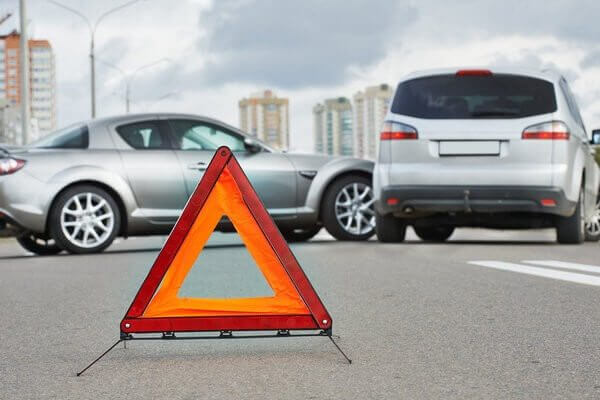
The transport type of insurance in Russia today is represented by not one, but several options for insurance programs. Under certain conditions, many of the above procedures simply will not be needed to compensate for the resulting loss. The CASCO insurance system allows you to take a refund without a certificate from the traffic police and documentary fixation of an accident if the cost of material restoration does not exceed 5% of the market value of the car.
This is usually a broken headlight, damaged spoiler, cracked glass, small dents and scratches. There is another option for resolving the problem - the European protocol. If there is full agreement between the participants in the accident regarding who is guilty or innocent and who is owed to whom, then the insurance companies, having received news of the accident, will send an insurance commissioner to the place of the incident. In his presence, all drivers involved in force majeure fill out a special form (a European protocol that the insurance commissioner can provide), and the problem is settled immediately on the spot, even without traffic police officers.
Total destruction of the vehicle
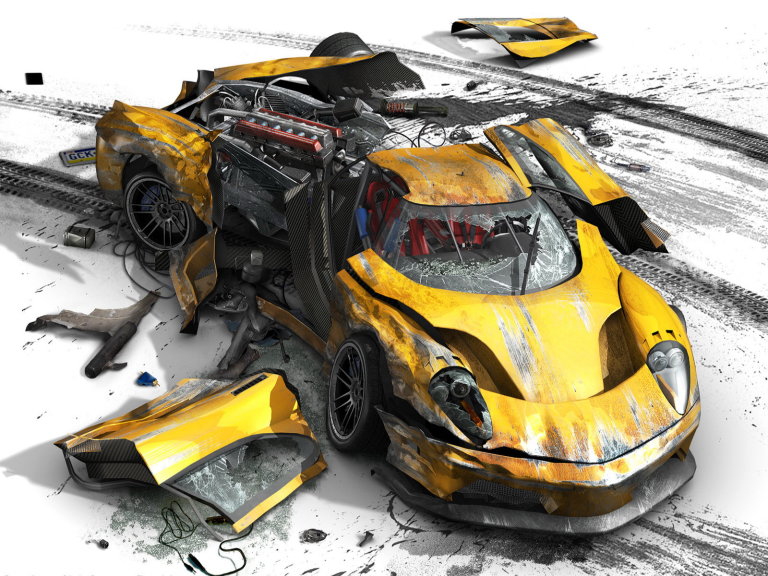
Separately, it is worth mentioning the situation when the car is completely destroyed. The insurer may begin to insist that the insurance payment (even the maximum one) does not make sense, and the car no longer exists constructively and cannot be restored. Unless from scratch, which is almost equivalent to buying a new car. Here, the client is advised, firstly, to use the services of an independent appraisal firm, and secondly, to insist that the remains of the car go to the insurer. Independent experts can refute the statement of the insurance office about the total destruction of the car.
So, according to the law, the insurer will have to pay the maximum possible. If the remains of the car go to the insurance company, then the company pays the client their cost (as if buying). However, in this case, a second appraisal examination of the remains of the car will be required to determine their integrity and market value.
This article will be very useful to anyone who has at their disposal a personal vehicle, since almost every car owner at least once got into a minor accident. And the OSAGO policy became a document of paramount importance in the matter of how to get money for the occurrence of an insured event.


